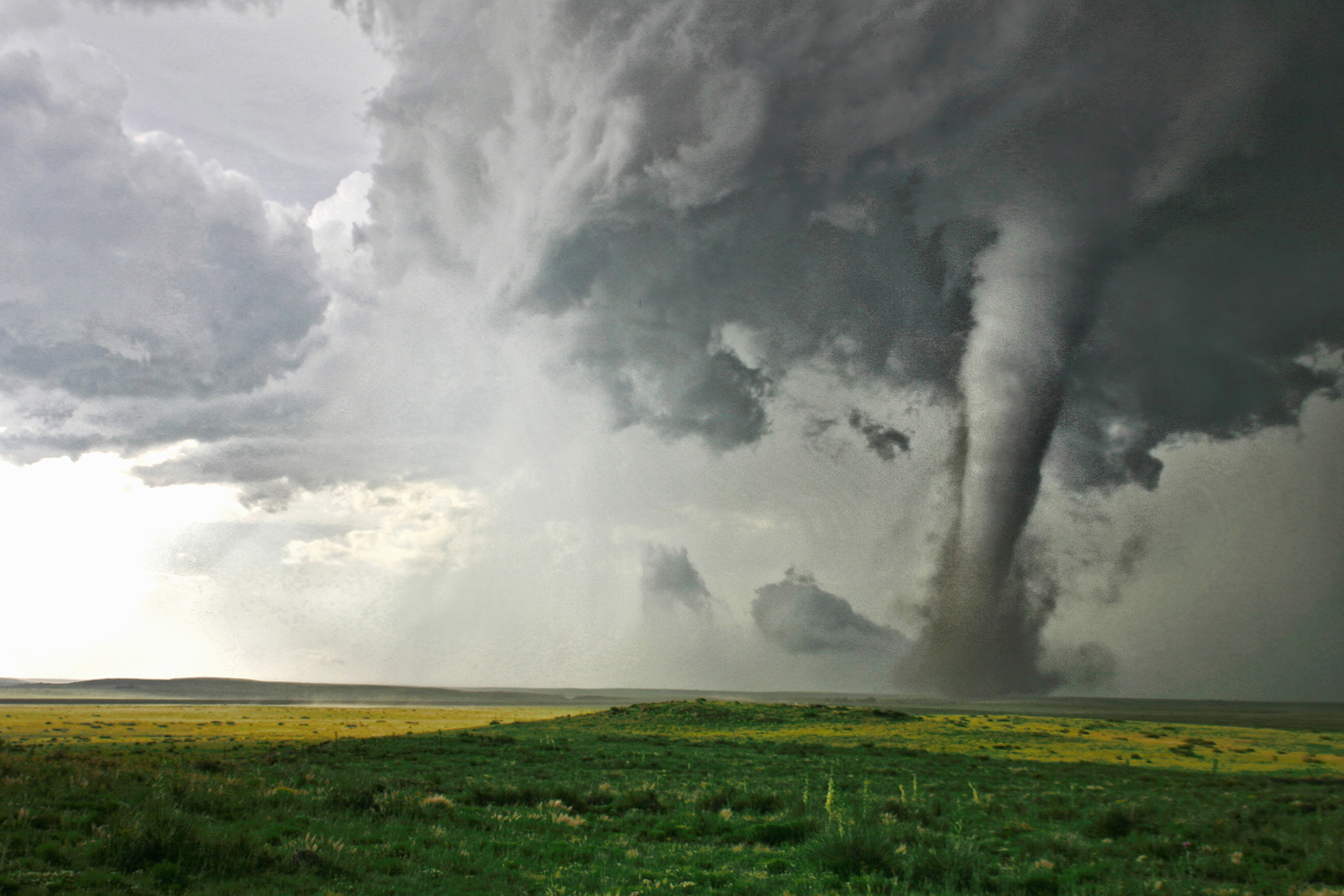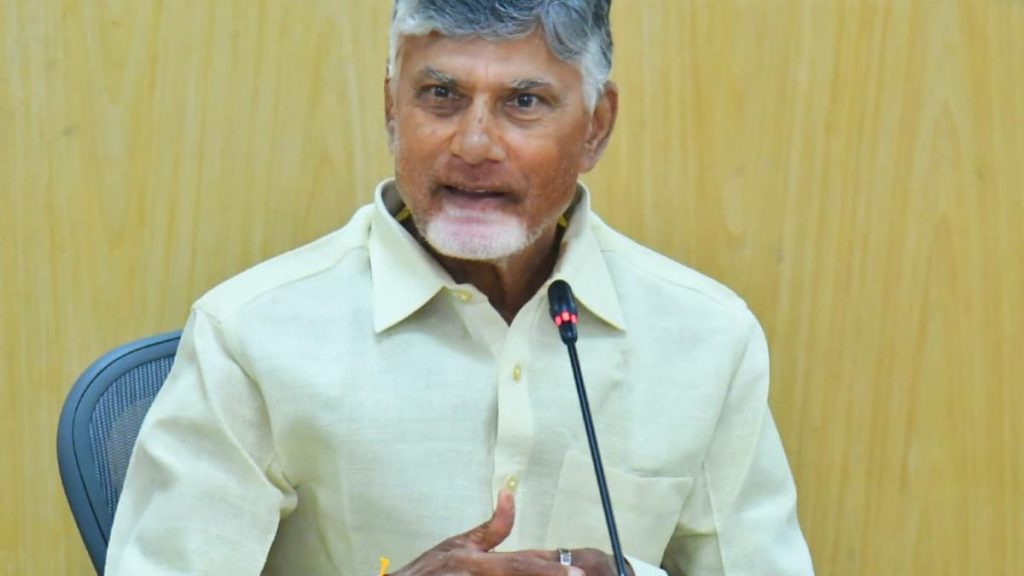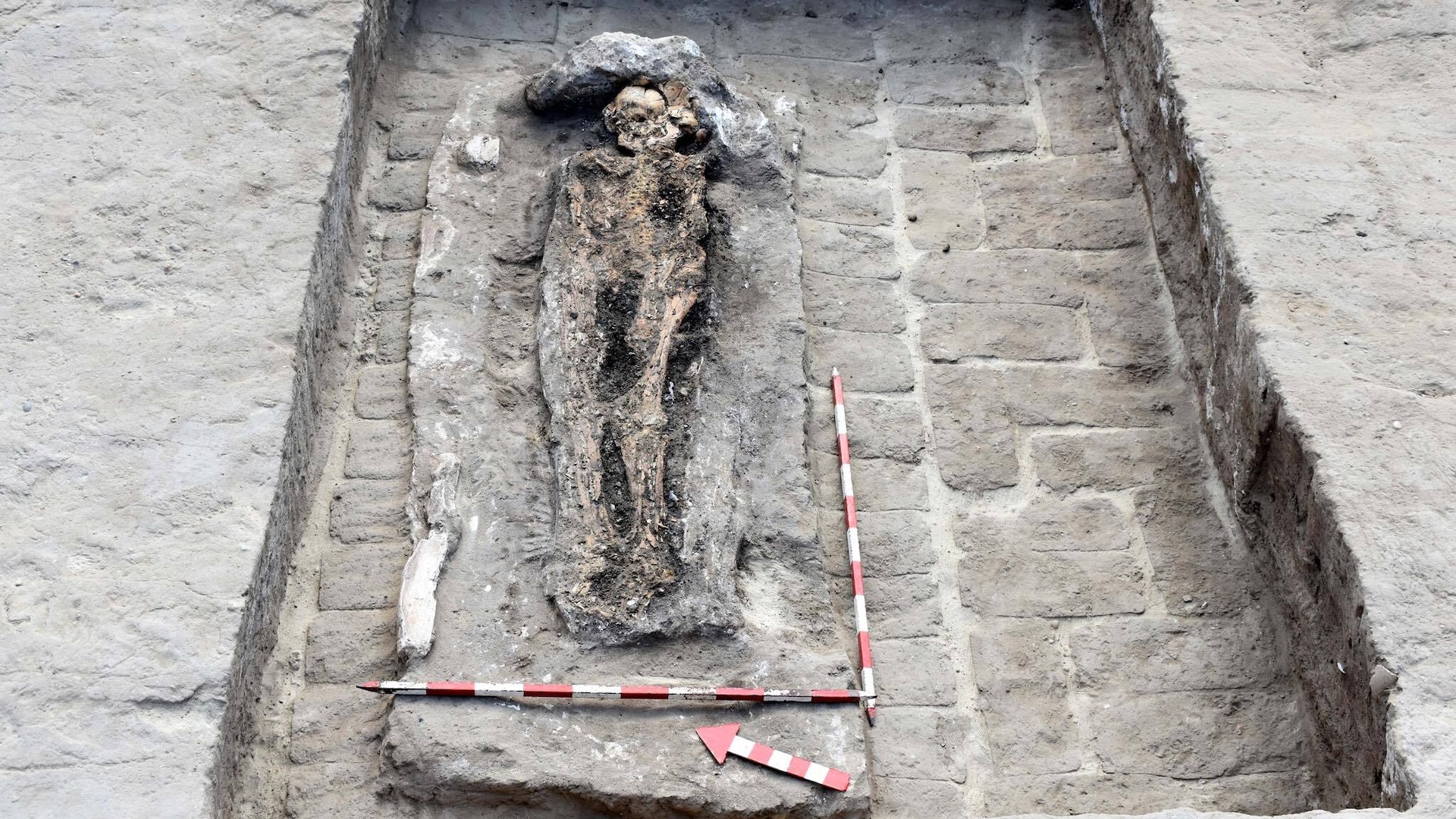Now Reading: India Faces Record-Breaking Tornado: Unprecedented Speed, Scale, and Destruction
-
01
India Faces Record-Breaking Tornado: Unprecedented Speed, Scale, and Destruction
India Faces Record-Breaking Tornado: Unprecedented Speed, Scale, and Destruction

quick Summary
- Tornadoes are among the most violent natural phenomena,capable of causing immense destruction with powerful winds often exceeding 300 mph.
- Some notable record-breaking tornadoes include:
– Tri-state Tornado (1925): The deadliest tornado in U.S. history, it moved across missouri, Illinois, and Indiana over a distance of 174 miles (280 km), killing nearly 700 people with wind speeds exceeding 300 mph.
– Oklahoma City Tornado (1999): Recorded the strongest winds on earth at 321 mph (517 km/h) and destroyed homes as part of a severe storm outbreak in “Tornado Alley.”
– El Reno Tornado (2013): The widest recorded tornado stretched to an unbelievable width of 2.6 miles (4 km) but resulted in fewer fatalities due to its impact being primarily in rural areas.
– Joplin Tornado (2011): An EF5 tornado that caused $2.8 billion ($4.04 billion adjusted for inflation by 2025) in damages and underscored the importance of urban preparedness.
- Meteorological advancements post these events have contributed significantly to improving forecasting systems and safety measures.
Image Caption: Tornado column in rural landscape by Jason Persoff Stormdoctor/Cultura Exclusive/Getty Images.
Indian Opinion Analysis
India does not face frequent or intense tornado activity like regions such as “Tornado Alley” in the United States, but studying these destructive forces has critically important implications for disaster planning globally. As climate change intensifies weather extremes, there may be unforeseen risks or similar events affecting India’s coastal or regional areas prone to cyclonic disturbances.
The advancements made by meteorologists worldwide-such as enhanced forecasting tools developed after incidents like Joplin and Oklahoma City-could serve as valuable templates for India’s own disaster management efforts against severe storms or floods caused by tropical cyclones. Strengthening early warning systems is critical for protecting densely populated urban centers from catastrophic climatic impacts.
Lastly, though India’s experience with tornados is minimal relative to othre weather phenomena it faces more commonly like heatwaves or monsoons-the global learnings from extreme weather preparedness remain relevant as ecosystems evolve under mounting environmental stressors impacting human settlements universally.

























